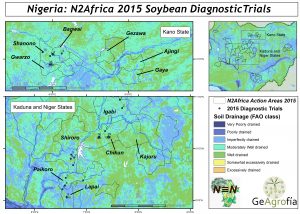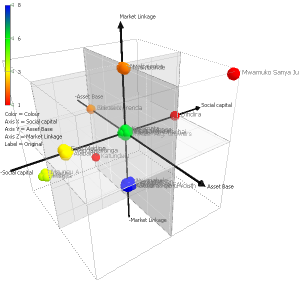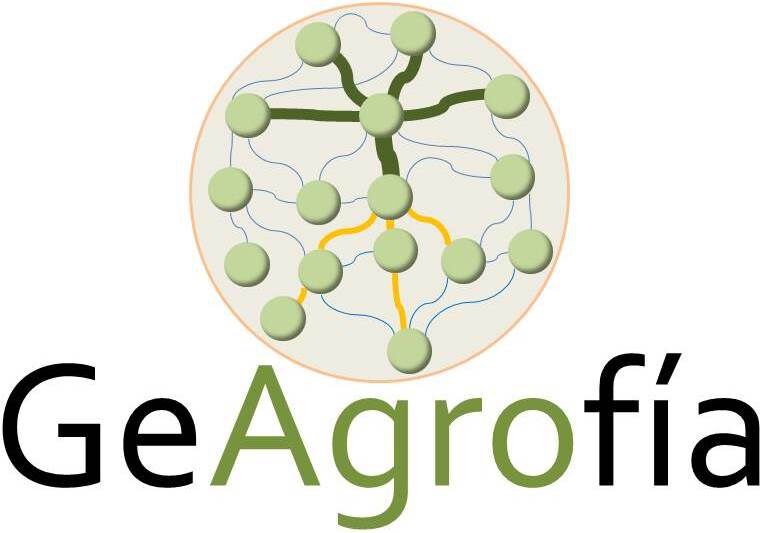Geagrofía has characterised the socioeconomic and environmental variables of territories to enable the design of research and development projects.
Click on the links below for examples and more information.
N2Africa action area characterisation

Ecuador has one of the highest rates of chronic infant undernutrition in Latin America. We used statistical and spatial analyses to examine the distribution of food consumption and food poverty and to test and generate hypotheses of food poverty estimates at the district level. We showed that the food poor are concentrated in certain locations with a significant cluster identified in the central Andean region. Geographically weighted regression showed that the processes underlying food poverty in Ecuador were also spatially variable.
CIALCA mandate area characterisation
Site selection for the Lake Kivu Pilot learning Site of the Sub-Saharan Africa Challenge Programme
African Farmer groups

